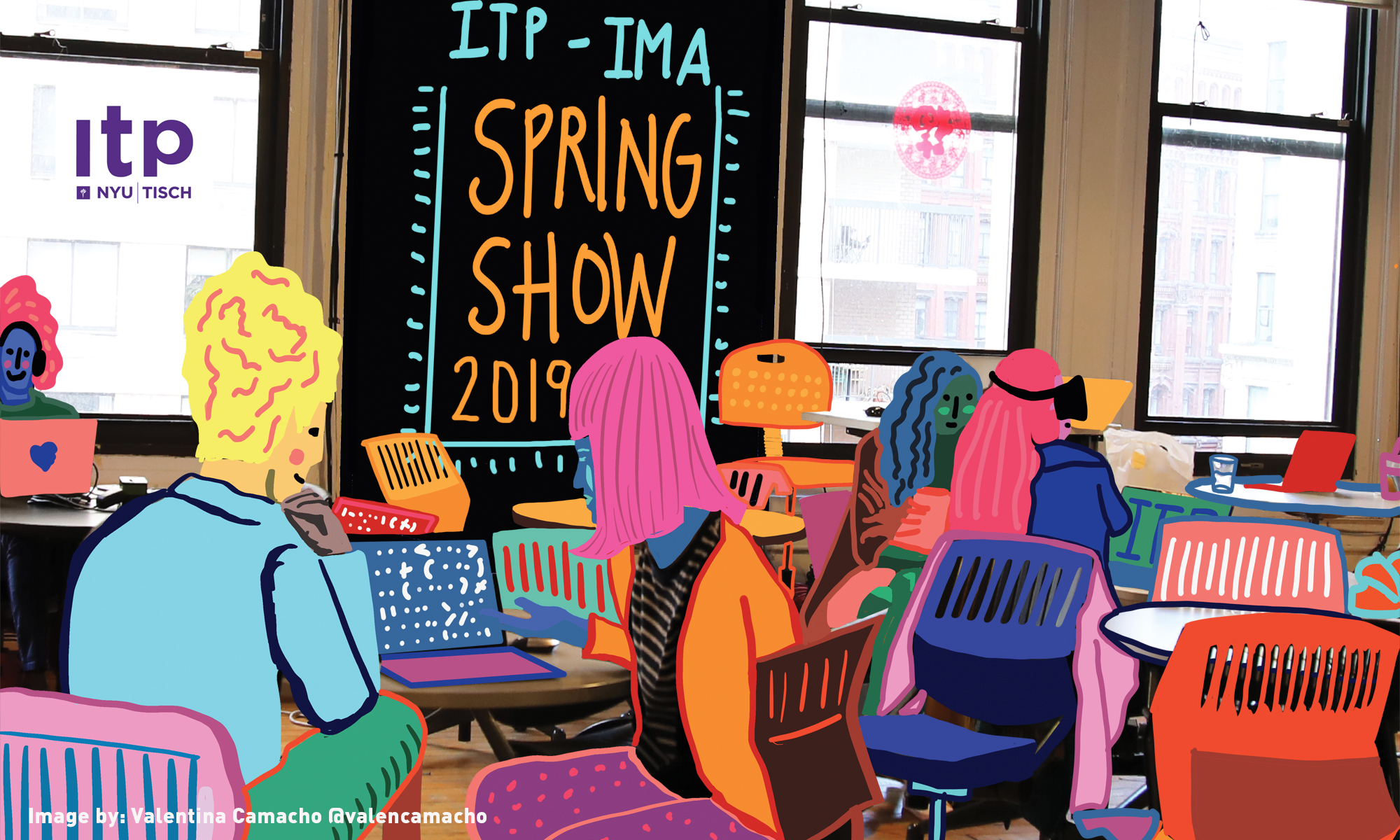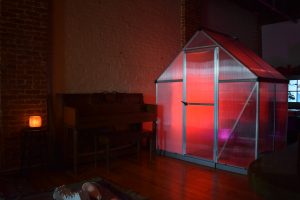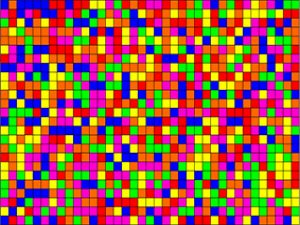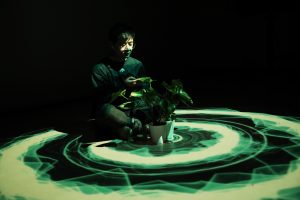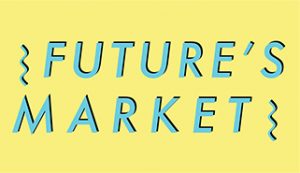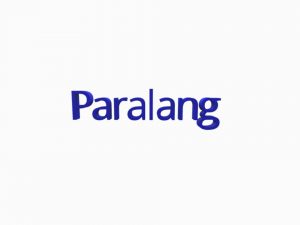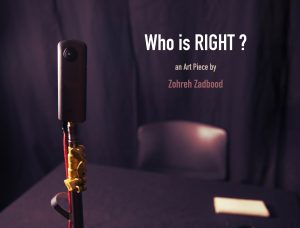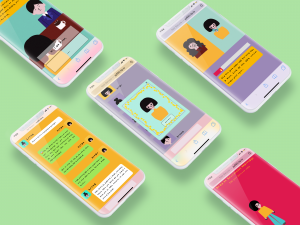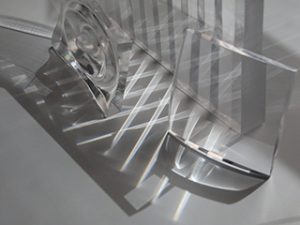Camilla Padgitt-Coles
“The Tuning House” is a voice-activated light and sound installation where you use your voice to choose a color and sound palette. The frequency of the participant’s voice is translated into a synthesized pitch and color, creating a personalized expression of chromo-synesthesia. Isolating color and sound pairings in this way highlights a simplified and subjective relationship between frequencies which are present all around us.
http://ivymeadows.net/the-tuning-house
Description
The idea behind this project is to customize sounds and related colors using something personal to the participant as an input. For this installation, the personalized input is the voice. It encourages humming, toning and actively using the voice to customize pitches and related colors. As the participant's voice is synthesized into minimalist color, light, and sonic tones, a feedback loop is created that can continue or be frozen to create a chord or meditative drone. This interaction can create joy out of thin air and/or quieten the mind and thoughts depending on the way the participant chooses to interact with it.
Classes
Thesis
